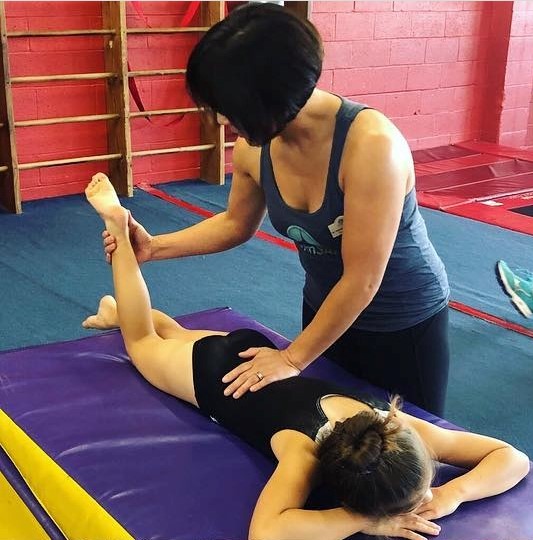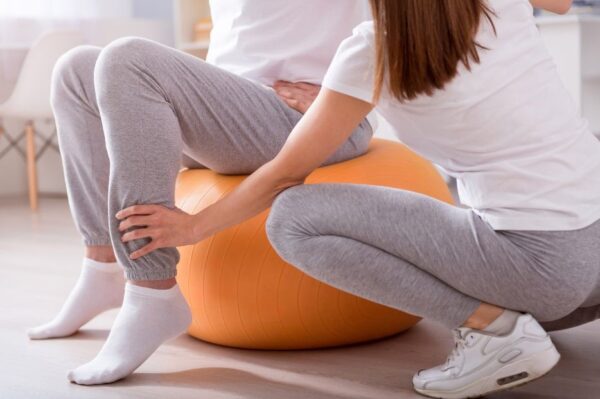
Gymnastics Medicine PT Dr. Alyssa Herrera-Set on how you can help your PT better understand the sport of gymnastics
The best way to return to gymnastics after an injury is stronger and with a better awareness of what movement patterns got you injured in the first place. And the best resource you have to get you back stronger and with more awareness is a physical therapist (okay, as a PT, I admit there may be a bit of bias in that statement!).
But, what if your physical therapist isn’t familiar with gymnastics? Can they still help? Yes! Here are some ways to ensure that you get the most out of physical therapy.
-
Videos: Bring videos of you doing gymnastics. It could be a video of the moment you got injured, videos of you training your hardest skills, or videos that give a good view of the part of your body that is injured. Even videos of your routines going well can be helpful.
-
Challenges: Let your physical therapist know what your biggest challenges are including the skills that you are having trouble with, the conditioning or stretching that is particularly difficult for you, the new technique you’re having trouble with, the corrections you frequently get, and whether you have a time crunch because of where you are in season. It is helpful to have youtube videos of you or anyone else doing the skills you are talking about.
-
Ask Why: When your physical therapist gives you an exercise – ask what the exercise is for and how it can connect back to what you’re doing in the gym. If they give you an exercise that looks like something you already do during practice, let your PT know and show them how you do it in the gym. If they give you an exercise that seems too easy – let them know! There may be a small detail that they need to share with you that really emphasizes why they gave you this easy exercise. If the exercise causes pain or discomfort or seems too difficult – let them know. There may be a hack to make the exercise work better for you.

Ask your PT what the exercise is for and how it can connect back to what you’re doing in the gym.
-
Ask How: When your physical therapist does manual therapy with you (hands-on therapy) ask how you can re-create the benefits of that manual therapy on your own.
-
Walk away with: Leave time in your visit to discuss what you should or shouldn’t be doing on each event, during warm up, and during conditioning. If you think it will help, have your PT write a note to your coach explaining the rehab plan.
Of course, to make all of this happen, you’ll need to make sure that you pick a clinic that allows you to spend enough time with the physical therapist to do all of these things. When you call the clinic to set up an appointment, ask how much time you will be working directly with the physical therapist. If it’s less than 30 minutes, see if you can find a place that will give you more time with the PT. All of this may not happen in the first visit, but it should happen within the first couple visits. And gymnasts, we know you’re busy. Of course it’s best to stay with your PT until you’re 110% recovered – but, even if you can get a couple visits with a PT that can hit all the points above, that’s better than nothing at all.
Dr. Alyssa Herrera-Set DPT is a physical therapist and owner of On the Move Physical Therapy and Pilates, Belmont, CA.